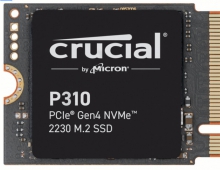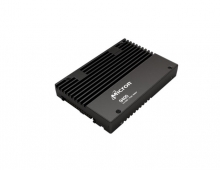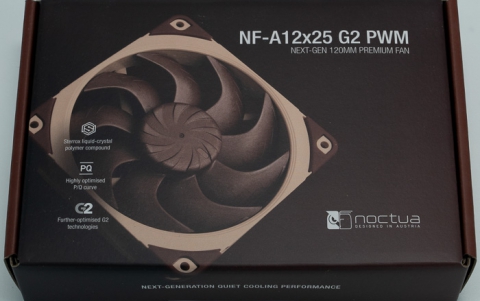
New Memory Memory Chip Is 1,000 Times Faster Than Flash
Intel and Micron have jointly developed a revolutionary new type of non-volatile memory
that is claimed to be 1,000 times faster than the NAND architecture underlying most flash memory cards and solid state drives.
Now in production, 3D XPoint technology combines the performance, density, power, non-volatility and cost advantages of all available memory technologies on the market today. Besides the speed benefits, the two companies claim that 3D XPoint memory has
up to 1,000 times greater endurance than NAND, and is 10 times denser than conventional memory.
"For decades, the industry has searched for ways to reduce the lag time between the processor and data to allow much faster analysis," said Rob Crooke, senior vice president and general manager of Intel's Non-Volatile Memory Solutions Group. "This new class of non-volatile memory achieves this goal and brings game-changing performance to memory and storage solutions."
Following more than a decade of research and development, 3D XPoint technology has a transistor-less cross point architecture creates a three-dimensional checkerboard where memory cells sit at the intersection of word lines and bit lines, allowing the cells to be addressed individually. As a result, data can be written and read in small sizes, leading to faster and more efficient read/write processes.
Perpendicular conductors connect 128 billion densely packed memory cells. Each memory cell stores a single bit of data. This compact structure results in high performance and high density.

The initial technology stores 128Gb per die across two stacked memory layers. But future generations of this technology can increase the number of memory layers and/or use traditional lithographic pitch scaling to increase die capacity.
Memory cells are accessed and written or read by varying the amount of voltage sent to each selector. This eliminates the need for transistors, increasing capacity and reducing cost.
With a small cell size, fast switching selector, low-latency cross point array, and fast write algorithm, the cell is able to switch states faster than any existing nonvolatile memory technologies today.
Intel and Micron will sample the 3D XPoint technology later this year with select customers, while they are also developing individual products based on the technology.





















